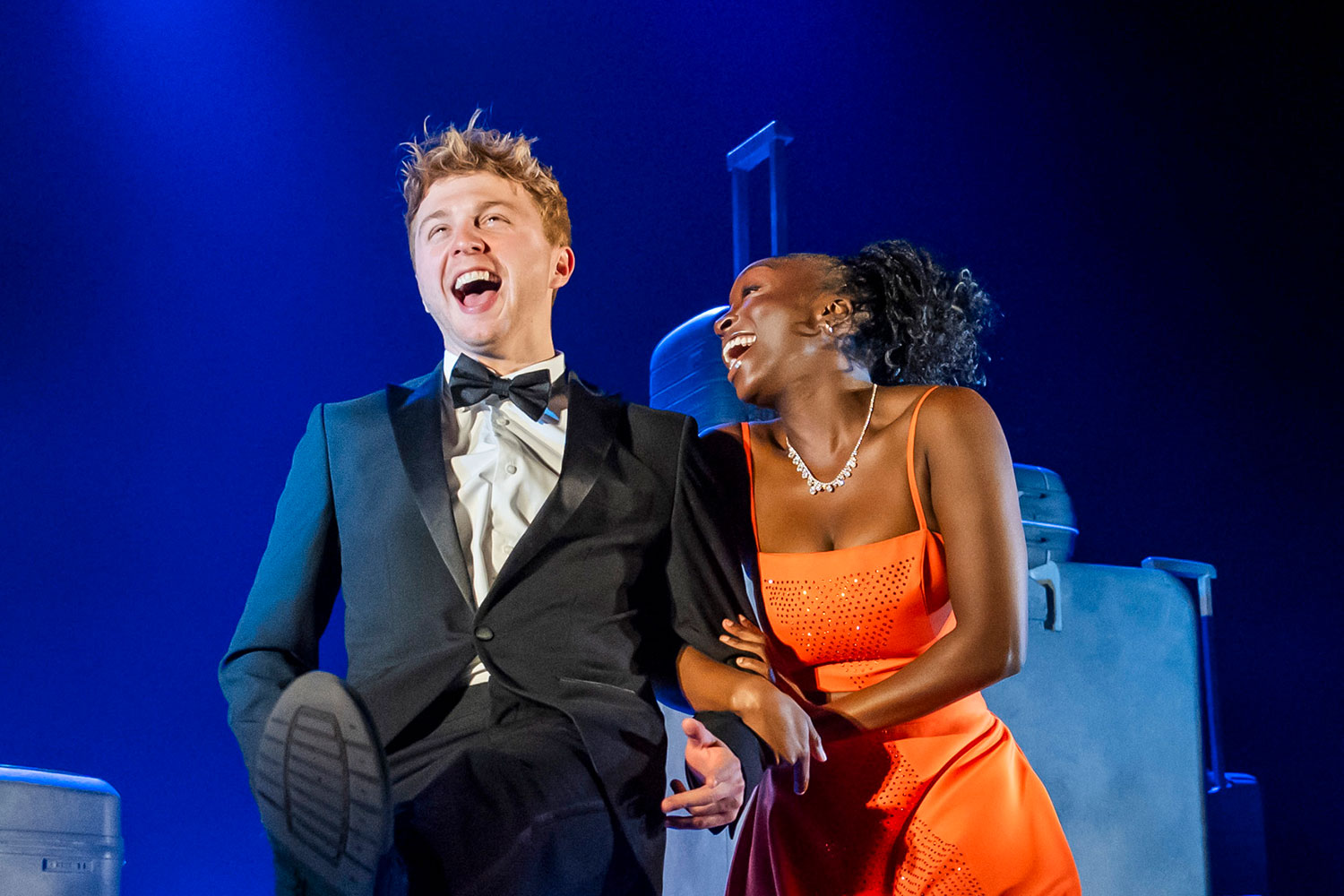Dancing at Lughnasa
Brian Friel has turned eighty this year and he was at the Old Vic on opening night to see this glorious revival by Anna Mackmin of what is certainly one of his very best plays, if not his masterpiece.
The second show in a few days to be set in 1936 – Burnt by the Sun is another kind of idyll, threatened by Stalin’s reign of terror; the Irish community here is feeling the effects at last of the Industrial Revolution, and the Spanish Civil War is a remote reality – Dancing at Lughnasa is a poignant memory play about five sisters in Friel’s perennial fictional Donegal village of Ballybeg.
One of the sisters was the unmarried mother of Peter McDonald’s grown-up Michael, who remembers this summer at the harvest festival time of the pagan god Lugh when he was seven years old. Uncle Jack (growly, slightly discombobulated Finbar Lynch), is a priest who has returned from his missionary work in a leper colony in Uganda, and his father, Gerry (sprightly, slightly caddish Jo Stone-Fewings), a Welsh gramophone salesman, calls by en route to join the International Brigade.
The overlap of Catholic piety and pagan ritual lends the play a thrumming, insidious instability, famously represented in the scene where the five sisters break out in a joyous, stomping dance around the kitchen as if possessed by forbidden dreams, led by Niamh Cusack’s ecstatic Maggie, the lynchpin domesticated sister, face and hands daubed in the flour of the soda bread she’s making.
The five sisters – “those five brave Glenties women” to whom Friel dedicates the play, his mother and aunts (though he was not born out of wedlock) – are supremely well cast: Michelle Fairley is the only wage-earner, a teacher who tries to keep order; Susan Lynch is the repressed, bespectacled Agnes and Simone Kirby the younger, impetuous Rose, both of them knitters; and Andrea Corr of the folk singing group makes a better than decent stage debut as Chris, Michael’s mother.
It is a magical dramatic evocation. Anyone who saw the original Abbey production (which came to the National in 1990 and on to the West End) will remember Joe Vanek’s shimmering golden wheat field flecked with poppies. Here, the signal feature of Lez Brotherston’s superb in-the-round design is a great bare sycamore tree spreading over the flag-stoned kitchen with its stove, pots, straw baskets, wireless and floral housecoats.
The exteriors scenes, flooded with popular music of the 1930s, can be played around the border, and Michael can haunt the action more organically than on the proscenium stage. The conjunction of sacred and secular is a wonderfully sustained poetic thread in a play that delights and moves you to tears in equal measure and marks a total, instant recovery for Kevin Spacey’s Old Vic after the stuttering Complicit.
– Michael Coveney










